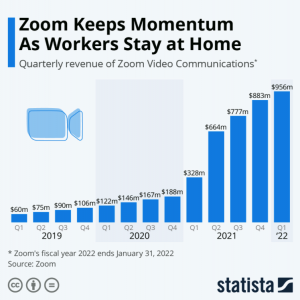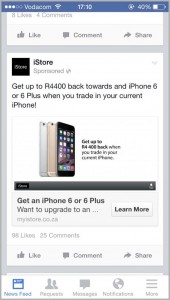
Right now in marketing there is quite a lot of “blurring” between mobile marketing and local marketing.
It’s easy to understand because there is a large area where these two categories overlap.
Much mobile marketing is local and much local marketing gets consumed on mobile devices. Further, we’ve seen how successful mobile marketers have scored big in e-commerce shopping.
I could list several bullet points of tips, but I think there’s one big concept that dictates almost everything else when it comes to marketing on mobile devices to boost local — and ecommerce — sales.
That concept is User Experience.
Mobile devices — cellphones and tablets — are fantastic pieces of technology, but the user experience isn’t always equally fantastic.
Let’s break this down into stages so that you can understand all of the different ways mobile impacts the experience customers have when interacting with your business.
The search stage.
A huge percentage of searches are conducted on a mobile device. Concurrent with this is an impressive growth in voice searches where people can search without even having to type.
Businesses that depend on people entering through the front door need to make sure all their information is correct and that they have the recommendations and social media presence to rank highly in search results.
Mobile screens are small. If you aren’t at or near the top of search results, you may not be seen.
If you have a smart phone, install the Google app and do a voice search for “coffee shop.” Who do you see? Who is missing? Why? If you aren’t at or near the top, the user will be really inconvenienced trying to find you.
The information stage.
If your business can be found in a mobile search, are you also giving prospects the right information in a way that they can consume it easily? Mobile customers don’t have time to drill down through five pages of your website to get their questions answered. Be sure you aren’t letting your “standard” website or email design get in the way of your mobile users.
Also, be sure that contact information is correct and you’re ready to respond to queries. For example, if a mobile device user taps your phone number and it auto-dials, will it always be answered? Any hiccups in the information gathering stage downgrades the user experience.
The sales stage.
Not all mobile marketing is local because e-commerce websites also leverage mobile devices. In the case of e-commerce sites, how easy is it to order using a cellphone? If prospects have to scroll around a series of screens looking for the right buttons to click, many will drop out.
Brick and mortar locations need to be sure that map locations and hours are correct across all the various databases where they might be discovered.
All retailers must be sure that they have in stock any items being browsed on mobile devices, unless it’s clear that the item is a special order or there is some other problem with availability. Having accurate real time stock information is a major plus. I don’t know about you, but when it says “Call for availability” I usually move on to the next seller.
Regardless of how important local marketing is in your mobile strategy, remember that mobile users are looking for fast and easy information. If your business provides a great user experience, there’s a good chance they’ll choose your business over your competitors.
Read up on more mobile marketing tips here. Or ask us your questions in the comments below.
(229)




